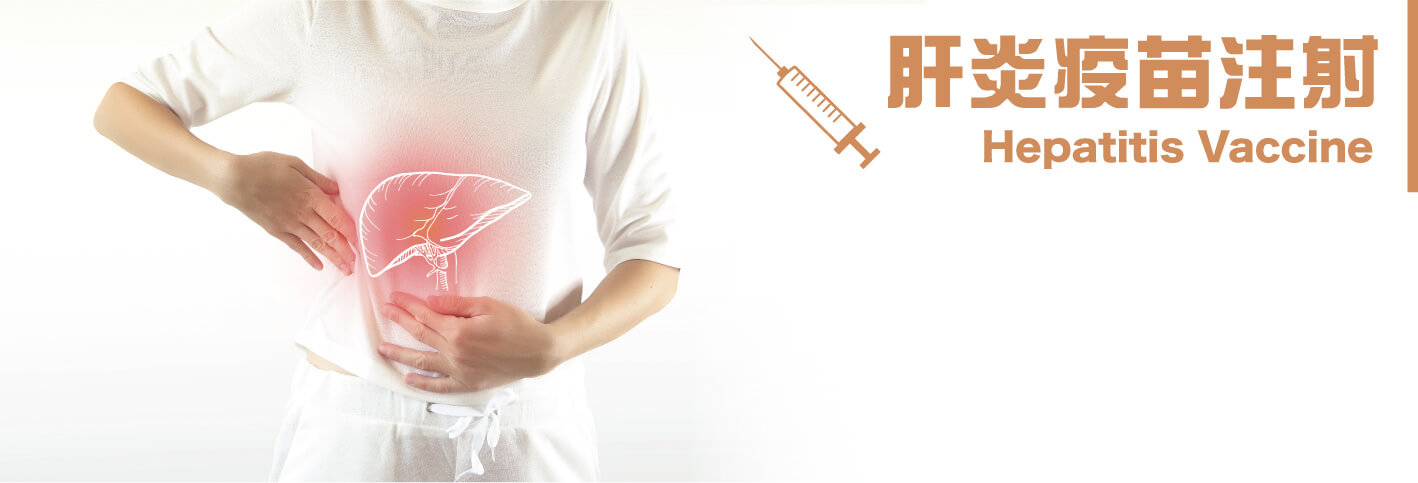
Hepatitis A is a liver disease caused by the hepatitis A virus.
Symptoms of hepatitis A are similar to those of other types of viral hepatitis and include fever, fatigue, loss of appetite, diarrhoea, nausea, abdominal discomfort and jaundice (yellowing of the skin and sclera, dark urine and light stool). Not everyone with hepatitis A have all symptoms. Symptoms are more common in adults than in children, and the disease is more severe in older people. Patients may take weeks or months to recover.
Hepatitis A infection does not cause chronic liver disease and is rarely fatal, but debilitating symptoms and acute liver failure with high mortality can occur.
6. Food should be fully cooked. The hepatitis A virus can be killed by cooking at 100 degrees Celsius for at least 5 minutes.
Hepatitis B is an infection of the liver induced by the hepatitis B virus. (HBV). It can cause severe hepatitis, which is potentially fatal. The hepatitis B virus can be found in infected people's blood and bodily secretions.
Common symptoms include fever, lack of appetite, nausea, vomiting, abdominal pain, yellowing of the whites of the eyes, dark urine, and clay-colored or light-colored stools. Whether symptomatic or not, approximately 5 to 10% of adult patients and 95% of mother-infected babies are unable to clear the virus and thus become chronic carriers, potentially leading to chronic hepatitis, permanent liver damage, or liver cancer.
The hepatitis B virus can be present in the blood and body fluids of a sick person and transmitted to others in the following ways:
1. Passed from mother to baby during or during childbirth.
2. Contact with blood
I. Direct contact with contaminated blood
II. Sharing contaminated personal objects such as toothbrushes, razors, and nail clippers with others
III. Sharing contaminated syringes with others
IV. Using viral tool for ear-piercing, tattooing, or acupuncture with a viral instrument
V. Transfusion of virus-contaminated blood or blood products.
3. Sexual contact
Vaccine Name |
Twinrix |
|
pharmaceutical factory |
UK GSK | |
Number of inoculation |
First dose: self-selection Second dose: 1 month after the first injection Third dose: 5 months after the second injection |
|
Features |
Currently, the world's only mixed hepatitis A and B vaccine is suitable for people over the age of 16 to get double protection in one go. |
|
Ingredients |
Contains ingredients used in the manufacture of the hepatitis A vaccine Havrix and the hepatitis B vaccine Engerix-B |
|
Not suitable for |
If you have ever had any allergic reaction to the combined hepatitis A and B vaccine or any of the ingredients in this vaccine |
|
Precautions |
Generally no adverse reactions |
|
3 Doses: $2,100
*需先進行抗體測試,如欲查詢或預約,請致電 ![]() 3585 8533。
3585 8533。

完成測試後,有機會獲免費骨質密度檢查 (DEXA) 乙次 或 骨質密度檢查優惠券乙張
閣下資料將會用作此推廣活動聯絡用途,如因資料有誤而未能聯絡閣下,本公司一概不負上任何責任。